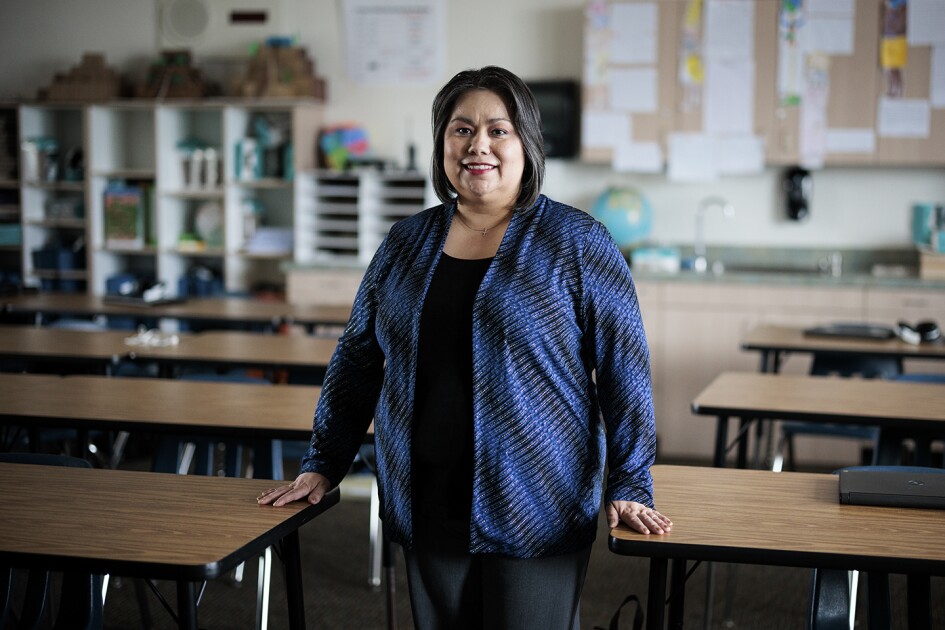In Canada, a boarding school quarantined 18 students returning from visits to Hong Kong and Taiwan. The governments of Hong Kong and Singapore closed their school systems until further notice. And in the United States, a private school in Connecticut ordered 40 students and staff members returning from a China trip to stay home for nearly two weeks.
As international and U.S. health officials continue to investigate the lung illness called SARS, for “severe acute respiratory syndrome,” reports of a growing number of infections and deaths linked to the disease have sent a ripple of fear through schools systems around the world.
Last week, American officials were anxiously monitoring the illness, likely caused by a virus, which was said to have infected 2,223 people and killed 78 worldwide since it was first diagnosed last fall in China. The U.S. Centers for Disease Control and Prevention reported 72 suspected cases of SARS under investigation in this country.
U.S. health officials offered no school-specific guidance, and the Greenwich, Conn., private school’s decision to bar students and staff members returning from China was an unusually strong response here.
“I think it’s too early” to give schools any special instructions, said Marcia A. Rubin, the director of research and programs at the American School Health Association, based in Kent, Ohio. “We’re watching it, of course, but we’re pretty much following the lead of the CDC.”
“As with influenza,” Ms. Rubin noted, “schools have a standard set of procedures they follow to prevent infection, like instructing children to wash their hands and cover their mouths when they cough or sneeze. Those same procedures apply in this case.”
School Precautions
The Atlanta-based CDC, the World Health Organization, and the health departments of various countries continued to advise the public last week that SARS is likely spread through close, prolonged contact with an infected person and, like the common cold or flu, transmitted through droplets expelled by coughing and sneezing.
There currently is no treatment or vaccine for SARS, a press release from the world- health agency, headquartered in Switzerland, warned last week. Antibiotics have proved useless against the illness.
No reported outbreaks have occurred in schools, but parents, educators, and government officials in many of the most affected countries haven’t been taking any chances.
In the province of Ontario—the center of the outbreak in Canada—fear of infection prompted parents to pull children from school, and principals to send letters of caution to parents. The number of probable and suspected infections in that country rose to 151 last week, with six reported deaths, according to the Canadian health department.
Toronto public school officials shut down the David Lewis elementary school on March 26 after three students in the same classrooms developed fevers. The students’ ailments were unrelated to SARS, so the school reopened March 31.
On Canada’s West Coast, the 430-student St. Margaret’s School in Victoria, British Columbia, decided to quarantine 18 students who returned from visits last month to their homes in Hong Kong and Taiwan. The all-girls boarding school sealed off its drinking fountains and shipped in bottled water for students, and it hired additional workers for the cleaning staff to regularly disinfect classrooms and other areas of the campus.
The head of the school, Vic Clayton, said he and the school’s nurse decided to isolate the returning students based on health department guidance and the concerns of parents and other students in the school’s day program, some 25 of whom refused to come to classes last week.
“There was heightened concern,” Mr. Clayton said. “I sensed that from the girls.”
After hearing how some schools in Canada reacted to SARS, Doug J. Lyons, the headmaster of the 840-student private Greenwich Country Day School, decided to tell 30 students and 10 staff members who returned March 26 from a school-sponsored trip to China to stay away from the school for 10 days.
“I called all the families and said, ‘I’m going to take a precaution that most likely is an overreaction,’” he said. “But maybe, just maybe we don’t know all there is to know about this disease.”







